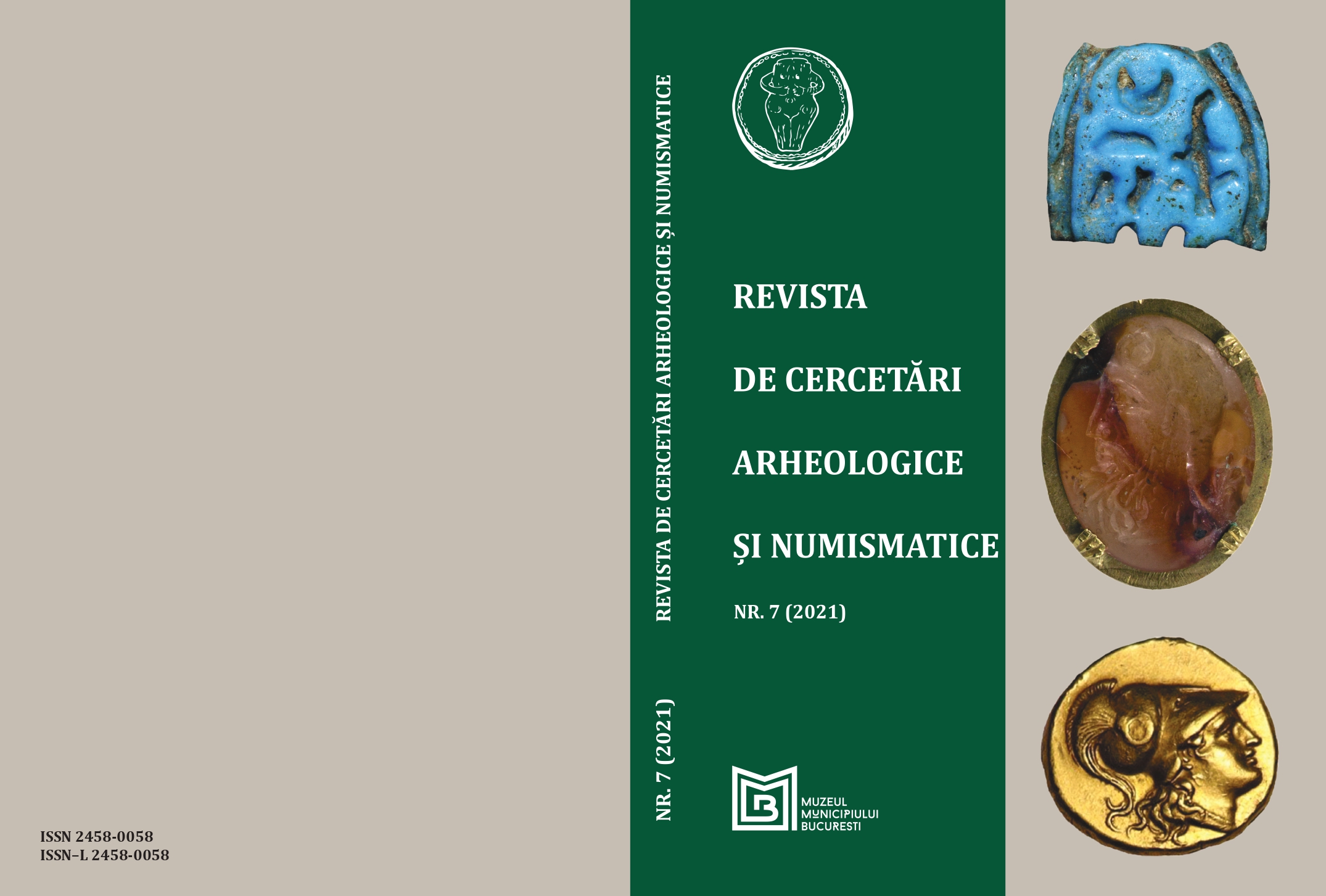MONEDELE LUI IOAN DE HUNEDOARA DIN VREMEA REGENȚEI (1446-1452). PROBLEMATICA LEGENDELOR, O NOUĂ ABORDARE ÎN RECLASIFICARE
John of Hunyadi coinage during the Regency (1446-1452). The matter of legends, a new approach in reclassification
Author(s): Paul DumitracheSubject(s): History, Economic history, Political history, Middle Ages, 15th Century
Published by: Editura Muzeului Municipiului Bucuresti
Keywords: John of Hunyadi; coinage history; mints; 15th century; Transylvania;
Summary/Abstract: John of Hunyadi is known in historiography as one of the late Middle Ages' outstanding personalities in the mid-15th century's struggle against Ottoman expansion in the Balkans. However, numismatic studies argue that its economic and monetary policies are much less known. Through this study, the comprehensive analysis of an unpublished batch of coins consisting of 27 denars and obols from the Regency period (1446-1452) allow us to underline some innovative hypotheses related to the silver coinage of John of Hunyadi as governor. Hunyadi's counts of the Transylvanian Monetary and Mining Chamber, Christophorus and Antonius, have succeeded in implementing Transylvanian mints, a controlling silver coinage system, based on the obverse legend versions as well as the mint marks. A brief classification of these associations is made in our study, specific to certain mints and mint masters, related to the chronology of the issues and the version of the legend. Two of these legend versions: “IOɧAȠI◦DЄ◦ɧV◦GVBЄRȠAT” (in relation with the mint from Brașov) and “TЄMPORЄ ◦ GVBЄRȠATORI” (in relation with the mint from Baia Mare) are novel and were identified based on the genuine coins, part of the unpublished coin lot. Both have an essential significance in the study of the monetary history of Transylvania and Wallachia. While the first one represents the numismatic evidence of the first attempt to unify the two monetary markets, the second one proved the Baia Mare mint’s continuous activity in 1451-1452. Moreover, the legend “TЄMPORЄ –IOɧAȠIS” is for the first time associated exclusively and entirely to the Transylvanian monetary chamber coinage from 1446. Among the coins consisting of the lot, two unique lion denars were identified, whose mint marks were unknown previously. Both come from the Sibiu mint, dated 1447-1451, based on crowned lion iconography. At one of them, instead of the mark reserved for the monetary master, there is also the initial of the city, but seen in inverted image ( - ). This graphic representation indicated a collective mark belongs to the Saxon patricians, members of the city council at that time. For the second one, the Hermannstadt initial is sided by the famously crossed seal of Christophorus: „ - ”. This discovery confirms that in the period 1447-1451, the Florentine was directly involved, simultaneously, in the activity of mints throughout Transsylvania. His cross mark was also used in Sibiu ( - ), as well as in Brasov ( - ) and Baia Mare ( - ).
Journal: Revista de Cercetari Arheologice si Numismatice
- Issue Year: 2021
- Issue No: 7
- Page Range: 236-264
- Page Count: 29
- Language: Romanian

